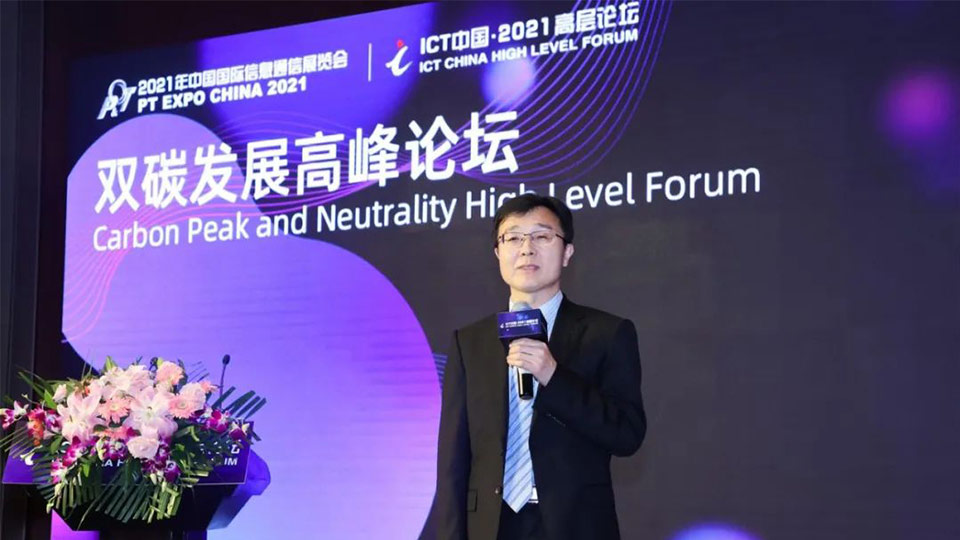Продукти, рішення, послуги для організацій

New data centers use new computing, storage, network, and energy resources. New storage serves as the carrier of data in new data centers, offering high reliability, optimal performance, and large capacity.
As all industries are going digital, digital applications are emerging and evolving, posing higher demands on data center storage. This is especially true for carriers. With the advent of 5G, the number of carriers' end users increases by three times, and that of charging data records (CDRs) increases ten-fold, producing huge pressure on core billing systems. Financial micropayments are popular in our mobile Internet age, causing a ten-fold increase in transaction volumes and requiring 24/7 banking services. These changes in stable production and trading systems require 0.5 ms storage latency (down from 5 ms) and 6-nines reliability.
Now, HPC is moving towards an HPDA era that converges HPC, big data, and AI. Emerging agile services, represented by HPDA, are powered by mass data. Take autonomous driving R&D as an example. Simply transitioning from L3 to L4 requires a 50-fold increase in road test mileage, which also means 50 times more road test data for R&D. HPDA is driving the development of large-capacity, high-efficiency mass data storage.
New data centers must not only meet the needs for digital transformation, but also help countries and companies achieve carbon neutrality. This imposes new requirements on storage products, which are the primary source of energy consumption of data centers.
To fit changes in the digital era, storage systems of new data centers must adopt the following five features and trends:
SSDs provide 10 times higher performance and reliability than HDD counterparts. All-flash storage uses 50% lower power than mechanical disk storage of the same capacity, greatly improving energy efficiency. In 2020, all-flash storage accounted for 40% of all storage systems worldwide. The figure was bigger than 50% for developed countries, and 20% for China. To build green data centers, we must upgrade the all-flash storage industry and equip data centers with at least 50% all-flash storage.
Data is the fifth factor of production in the digital era. Both big data and AI are powered by mass data storage. In the past five years, the US has recorded a 1:1 ratio of CPU computing power to total storage media capacity in their data center servers. By contrast, this is 2:1 in China, indicating the serious imbalance of computing and storage resources in China. New data centers must provide a 1:1 storage-compute ratio to unleash the computing power.
Most current construction methods of data centers, such as application-centric IT construction, cause storage silos and low storage utilization. In comparison, unified construction of converged storage resource pools enables precise service matching and on-demand storage resource provisioning, greatly improving storage utilization. In addition, the converged storage resource pool enables multiple clouds to share a single pool, eliminating cloud silos in data centers. In this way, we can maximize intensive construction of storage resources while improving energy efficiency in new data centers.
Disaster recovery (DR) is a must to minimize the impacts of frequent disasters, service disruptions, and data loss. In developed countries such as the US, data protection accounts for 34% of all storage investments, while in China this value is just 8%. New data centers are in urgent need of stronger data protection and DR construction.
Storage systems with 4 new features will help build green and reliable data centers to greatly facilitate companies and countries worldwide carbon neutrality goals.
Disclaimer: Any views and/or opinions expressed in this post by individual authors or contributors are their personal views and/or opinions and do not necessarily reflect the views and/or opinions of Huawei Technologies.